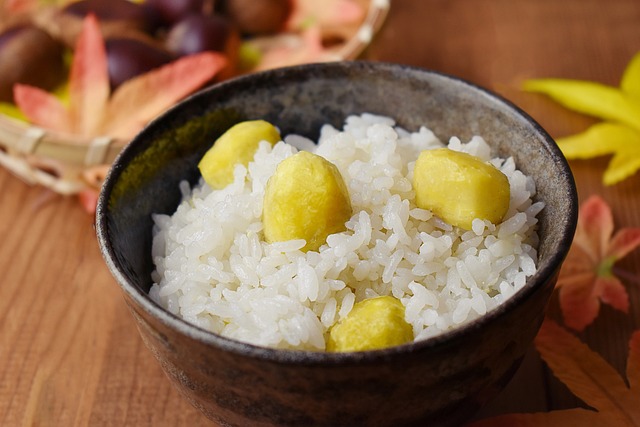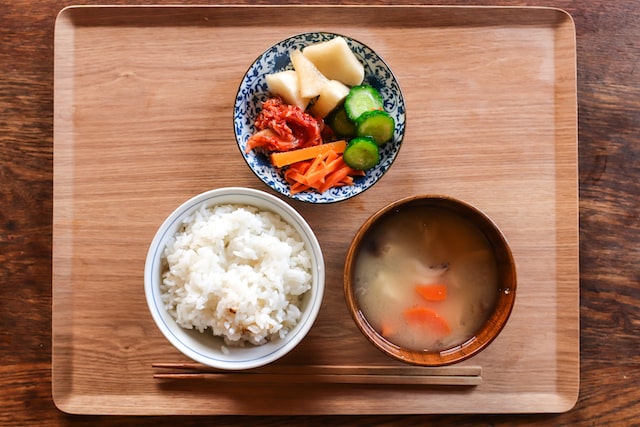
As Gohan was sitting in his kitchen, enjoying a fresh and steaming bowl of rice, he began to wonder about the history and culture behind this staple food in Japanese cuisine.
Rice, known as kome in Japanese, has been a staple food in Japan for over 2,000 years. It was introduced to Japan from China during the Yayoi period and quickly became an important part of the Japanese diet.
In Japanese culture, rice is not just a food, it is an integral part of daily life. It is used in many traditional ceremonies and rituals, including weddings, funerals, New Year celebrations, and other special occasions. In fact, the Japanese word for cooked rice, gohan, also means a meal in general.
Not only is rice important in Japanese culture, but the way it is prepared and served is also significant. Japanese rice is short-grained and sticky, which makes it perfect for eating with chopsticks. Japanese meals often feature a bowl of rice served alongside a variety of dishes, including seafood, vegetables, and meat.
Gohan couldn’t help but think about the importance of rice in his own life. He was named after it, after all. Growing up, his mother always made sure there was plenty of rice at every meal, and he learned to appreciate the subtle differences in flavor and texture between different types of Japanese rice.

How much rice is consume in Japan every year.
Japan consumes an average of 7.4 million tons of rice annually, with each person eating an average of 54.5 kilograms of rice per year. That’s a lot of rice!

